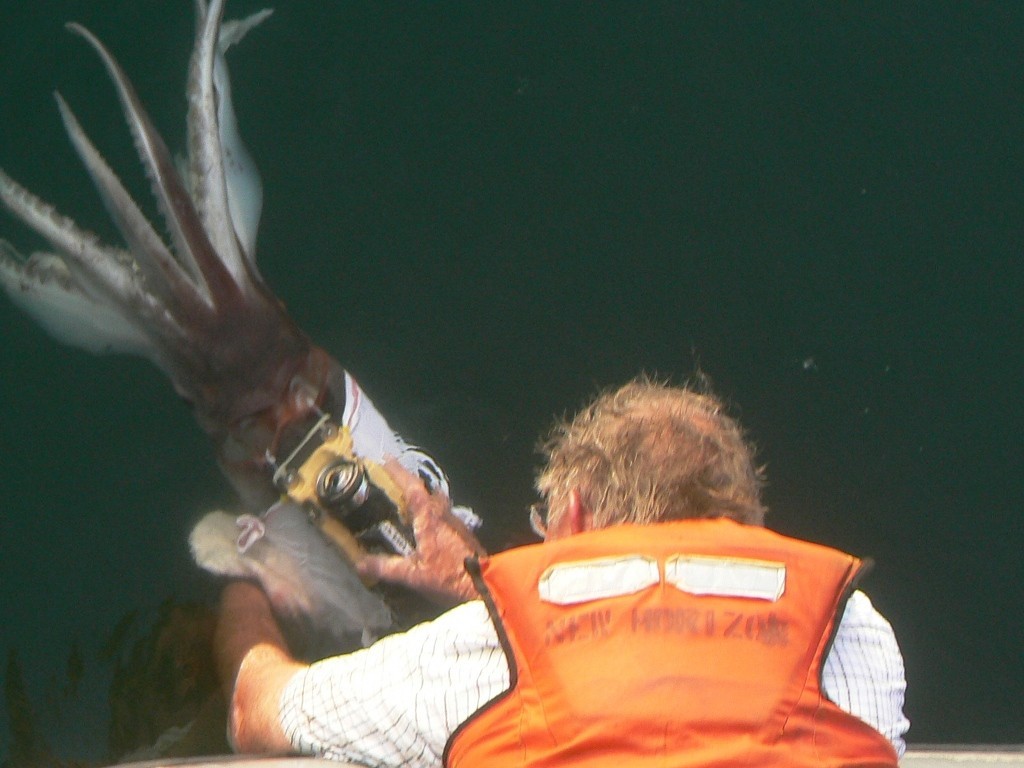As part of the regular government budget cycle, DECR submits a selection of output and outcome indicators to demonstrate progress and justify funding requests. Capacities to track the state of ecosystems are therefore relevant not only to support conservation, but also as means for the department to report on its performance.
This building block therefore focused on the development of capacities to monitor ecosystem health and use monitoring results to communicate the benefits of ecosystem management. These capacities were built with support from the BEST 2.0 Programme funded by the European Union, focusing on coral reefs in the Key Biodiversity Area of Princess Alexandra Land and Sea National Park, as a pilot project.
This included the implementation of a training program for DECR staff and partners in the use of the Atlantic and Gulf Rapid Reef Assessment (AGRRA) methods and the development of a tailored Reef Health Index (RHI) for TCI. The RHI itself and the underlying indicators were recommended as Key Performance Indicators (KPIs) for DECR to report on their activities. In addition, further KPIs were compiled for DECR to monitor social and economic outcomes that could be associated to coral reef health, and hence, to their conservation activities.
Ensuring participation of partners with a solid relationship of cooperation and in-house staff with career building opportunities within the organization is fundamental to ensure that the capacities built will have an impact in the long term. As some of the trained staff took alternative professional paths after the training, the capacity to follow up on monitoring was partly affected. In relation to this point, it is also key that capacity building activities are articulated in a long-term plan that ensures future follow up and implementation.
